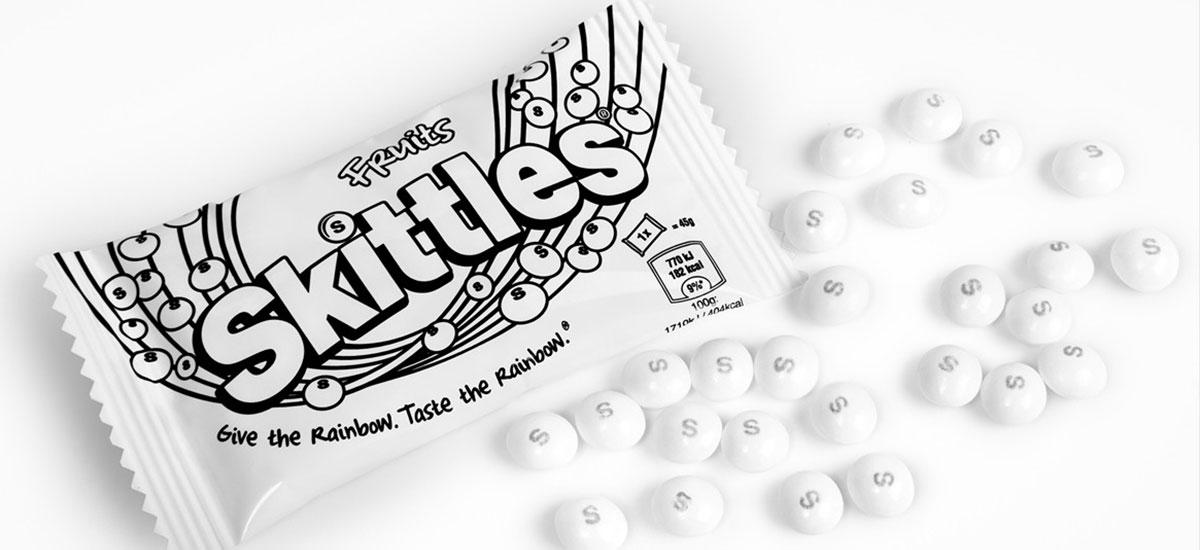They may have dropped the colour from their packaging but there was nothing bland about Skittles' recent advertising campaign – ‘Give the Rainbow. Taste the Rainbow’ – which centred around Pride in London last weekend.
Creating a ‘buzz’ around the Pride weekend, Skittles temporarily ‘gifted’ sole use of the rainbow to Pride. With this stroke of multi-coloured genius, sparked by communications agency, adam&eveDDB, the confectionary brand have managed to crash the Pride party, in a way that feels audaciously respectful!
The campaign, which reaches way beyond the LGBT community, maximises the promotional opportunities of aligning with Pride, a movement which has a positive reputation for raising awareness and combating discrimination.
In this mutually beneficial campaign, Skittles drew attention to Pride and what it stands for, as well as generating positive vibes for the Skittles brand.
‘Give the Rainbow. Taste the Rainbow’ kicked-off with an open letter in UK newspapers where Skittles directly addressed Pride in London: “we’re not going to be the ones to steal your rainbow thunder, no siree”. Despite the language in the letter being light hearted, the choice of communication, a printed letter in a newspaper, gives the piece more formality. Although it is a paid-for advert, it’s a bold statement – declaring support and solidarity to the LGBT community.
Following the letter in the newspaper a video message was released, featuring quirky hand-drawn animation and graphics. The video spread widely across social media.
At the event itself the message was reinforced by the distribution of black and white packets of Skittles and the inclusion of a rainbow-free float in the actual parade, creating a fully-integrated and engaging marketing campaign.
On the surface it is irreverent and light-hearted yet also manages to clearly show solidarity and support for a community that has suffered significant discrimination. Whilst much has already been said online about the wide-spread enthusiasm for the campaign across LGBT communities … the ‘reach’ of the marketing and communication goes way beyond this audience. The campaign may hinge around a single LGBT event on a single weekend but the public message of solidarity will be appreciated globally by a much broader audience.
This campaign is very clever. It hijacks another brand, for self-promotion but does it in such a thought-provoking, creative way nobody minds! In fact, everybody is pleased and the ‘feel good factor’ ensures that the campaign has far greater reach, greater impact and influences many more people.


